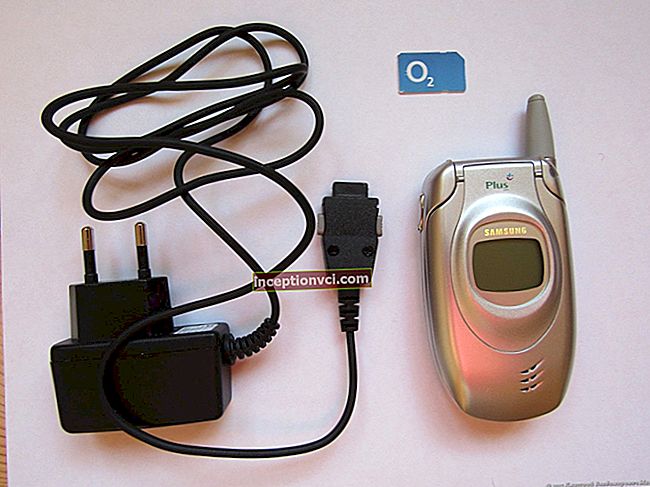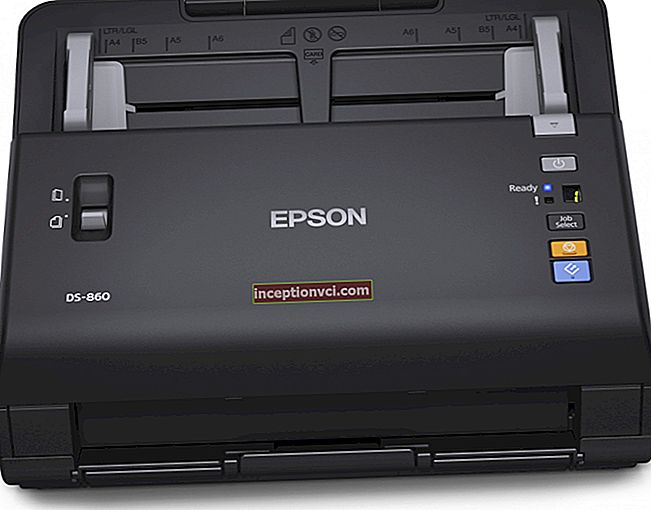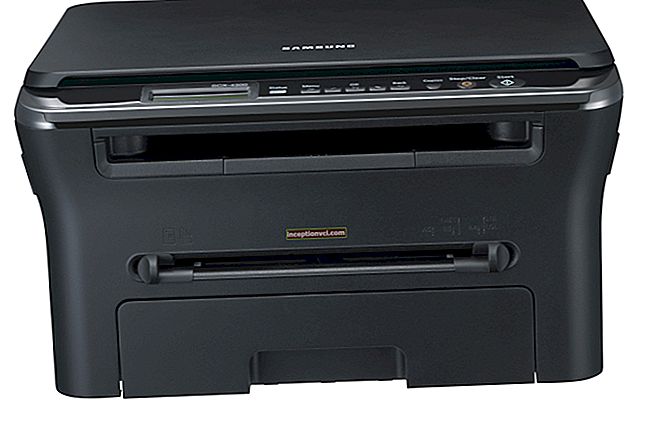As noted by the manufacturers of Nanoprotec motor oils, all car oils are divided into three types:
- mineral,
- semi-synthetic,
- synthetic.

The manufacturer indicates the type on the canister. You can verify this in the catalog of oils on the Nanoprotec website. What exactly you need - analyze it yourself.
How to choose engine oil: looking at viscosity
The correct operation of the motor and its protection against overheating depend on the degree of viscosity.
In summer, choose a thick one - it will keep the engine at high temperatures.
In winter, buy fuel with a reduced density. When working in the cold, mineral and synthetic lubricants are used.
There are three classifications according to the density parameter: SAE, API, ACEA
Selection of engine oil according to SAE
- By type of oils
- By car mileage
SAE is the main reference point. Information about him is highlighted on the canister in large print.
SAE distinguishes between three classes: "winter" (marked with the letter W), "summer" and "all-season".

What are the classes of oil and how to decipher them:
- The "winter" marking has six classes: 0W, 5W, 10W, 15W, 20W, 25W.
- The number in front of the "W" is a recommendation for the minimum temperature at which it is used.
- The number after the "W" is the viscosity grade.
 The "summer" types of classes have five - 20, 30, 40, 50 and 60.
The "summer" types of classes have five - 20, 30, 40, 50 and 60.
The numbers indicate the optimum maximum operating temperature.
"All-season" brands combine the advantages of "winter" and "summer", designated as SAE 5W-40, SAE 10W-30. Here 5W stands for viscosity at low temperatures and 40 for fluid viscosity at high temperatures.
Useful article: "How to connect xenon"
In the climatic conditions of Ukraine, with mild winters and hot summers, we recommend to fill in all-season 10W motor oil.
Selection by vehicle mileage
| Mileage (%) of the planned resource | Engine oil class |
| Less than 25 |
|
| 25-75 |
|
| Over 75 |
|
API engine oil selection
Depending on the operational properties, there are:
- "S" - for gasoline engines;
- "EC" - for energy saving;
- "C" - for diesel engines.
The letters next to it indicate the recommended conditions.
Followed by "S" and "C" - the year of release of the improved version of the fuel.
Oils with the designation API SN / CJ are universal for gasoline and diesel engines.
Selection of engine oil according to ACEA
The ACEA classification is a summary of the stricter requirements for engine operation and design in Europe. ACEA distinguishes three classes of oil:
- "А / В" - for gasoline and diesel engines of passenger cars;
- "C" for gasoline and diesel engines of passenger cars with catalysts and particulate filters;
- "E" - for diesel units of trucks and special equipment.
Each class has its own categories - A1 / B1, A3 / B3, A3 / B4, A5 / B5 or C1, C2 and C3. They talk about different characteristics. So, oils of category A3 / B4 are used in forced gasoline engines.
Usually, the manufacturer indicates all three classes on the canister - SAE, API and ACEA, but when choosing, we recommend focusing on the SAE classification.
Selection of oil by car brand
Services for the selection of engine oil by car make make the choice easier. The principle of their operation is simple: select the brand, model, year of manufacture, engine type of the car from the drop-down list and get suitable options.

5 Signs Shell Motor Oil Is Genuine, Not Fake
- The original Shell canister with two handles - top and side. The lines and curves of the canister are clear, without rough molding seams and bubbles, stains.
- The neck of the canister is 43 mm in diameter. The cover fits snugly against the retaining ring, which, when opened, remains on the neck. On original canisters, the lid is smooth, and on fake ones it is rough.
- The European Union produces Shell Oil without a protective membrane under the cover. There is also no film, sealing, seals. These are found in a fake or an old-style product.
- The label on the original canister is glossy. On fake - matte or semi-matte.
- Real motor oil in amber color. A dark color indicates that it is recycled or of poor quality.
Interesting article: "Anti-corrosion treatment of a car body in winter»
Make the right choice!
Sorted out with oil for your car? Watch the video how and what to paint the engine









